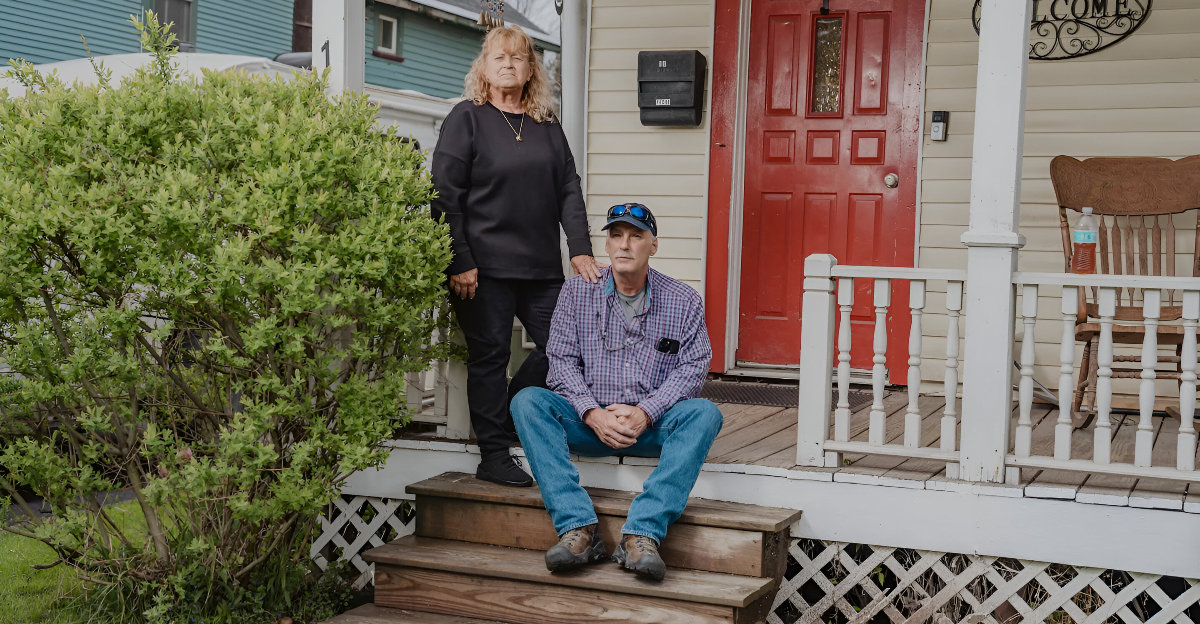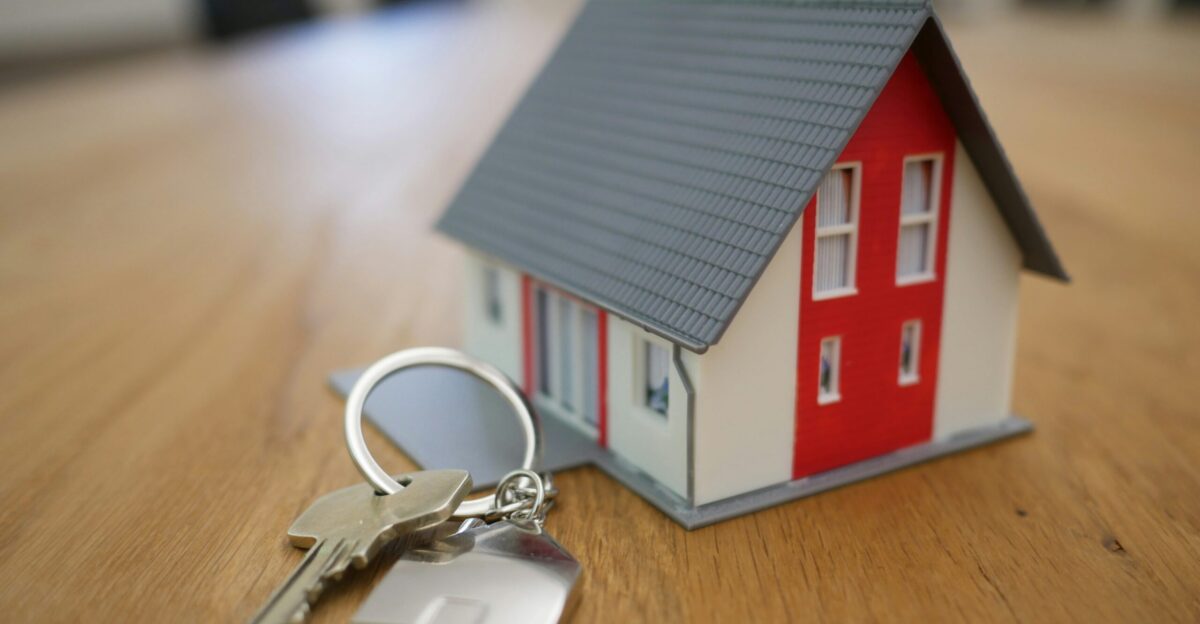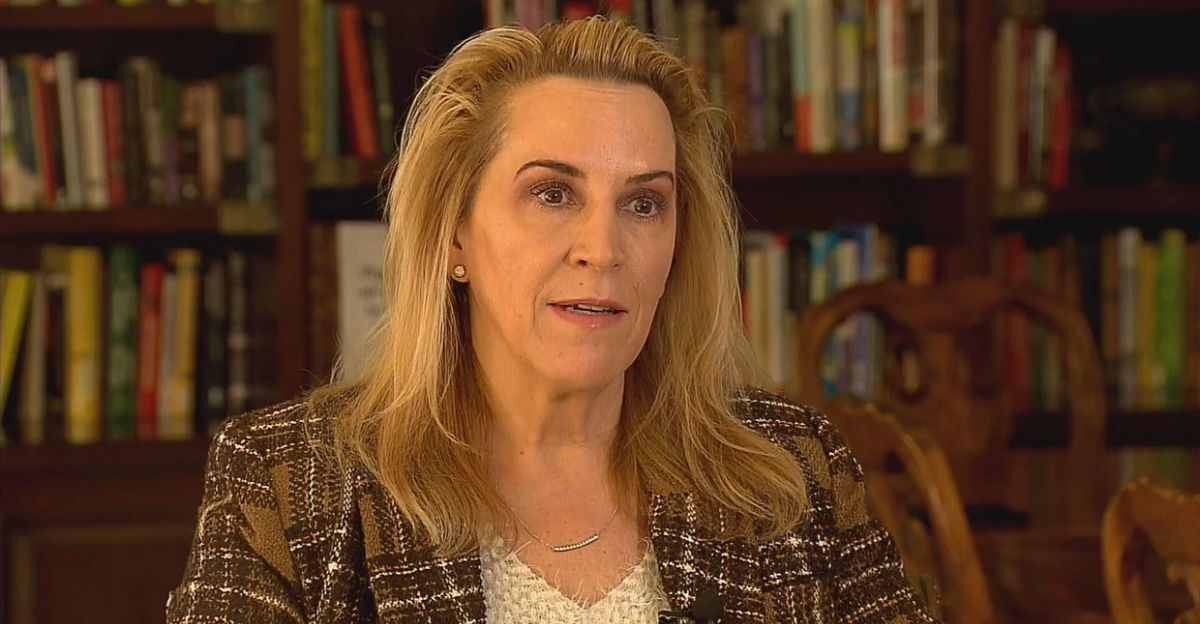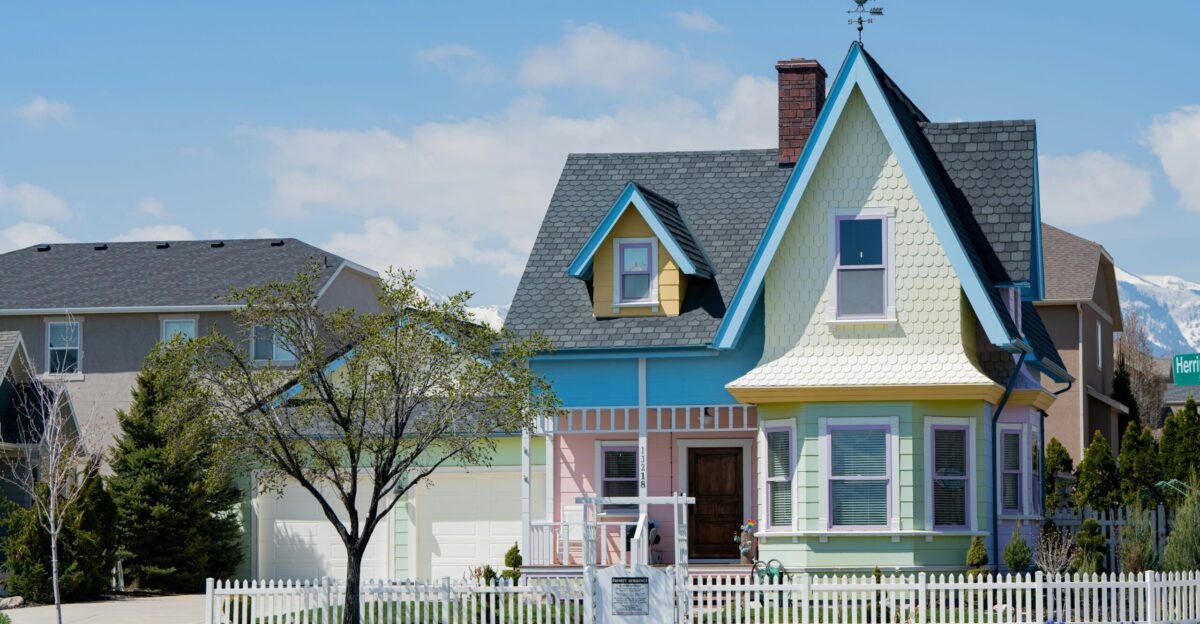
All across the U.S., homeowners are opening letters they never expected: their insurance has been canceled. Many are left scrambling with no clear options. While California has been hit hard, Florida, Louisiana, and Colorado are right behind.
According to CNN and government reports, nonrenewals are rising fast. Without insurance, homeowners risk losing their mortgages, and many can’t sell their homes. Some are already facing serious financial trouble. This is not a one-time thing, it’s the early stage of a growing national crisis. And with each passing month, more homeowners are finding out they’re at risk too.
So, where is coverage disappearing fastest?
Big Insurance Pulls Out of Risky Areas

Insurance companies are leaving certain areas in huge numbers. Places hit by wildfires, hurricanes, and floods are seeing the biggest changes.
In 2023, State Farm General stopped writing new home policies in all of California, not just in fire zones. Florida and Louisiana are facing the same trend. Even areas once considered “safe” are now seeing fewer options. When companies see high risk, they stop offering coverage or raise prices so high that families can’t afford it. That means more homeowners are left on their own.
If this can happen in California, could it happen where you live next?
Rates Are Skyrocketing—If You Can Even Get Insured

Keeping your policy is one thing. Affording it is another. Last year, home insurance costs jumped 11.4% across the country. Since 2019, some states have seen increases of over 70%. A ValuePenguin survey found that nearly two-thirds of policyholders saw rate hikes last year.
In Florida, average premiums are now over $6,000 per year, twice the national average. That’s more than many can handle. Some are forced to go without coverage, which puts their homes and finances at serious risk. For families doing the math, the numbers just don’t add up. But how are real people coping with this?
Real People, Real Consequences

In Florida, one family’s insurer went under after Hurricane Ian, in 2023. They were stuck with a “force-placed” policy that cost several times more. In California, wildfire victims are now relying on the state’s FAIR Plan, which offers basic coverage at a much higher price.
Jeff Ostrowski, a mortgage expert at Bankrate, says, “Things get messy when a property is suddenly uninsurable… premiums can be astronomical, and coverage is often far less comprehensive.”
These stories are becoming more common. People aren’t just frustrated; they’re scared. And experts warn this isn’t just a local problem. The same crisis is spreading fast.
Experts Say This Could Hit the Whole Country

Carole Walker, who leads the Rocky Mountain Insurance Information Association, didn’t hold back. “We really are at a tipping point… we’re a few bad decisions away from being where California is,” she said. That warning is already playing out in places like Louisiana and Colorado, where rates are climbing and options are disappearing.
If state officials and insurance companies don’t act carefully, the problem could grow even faster. And if it does, families across the U.S. may soon find themselves in the same position: unable to insure their homes, sell them, or get loans. What’s driving all this?
Why So Many Are Losing Coverage Right Now

Climate disasters, higher costs, and tougher markets are all coming together. Natural disasters now cause billions in damage every year. In 2025, global losses could reach $145 billion. Most of the insured damage in the U.S. last year came from weather events.
At the same time, rebuilding is more expensive thanks to inflation and labor shortages. Insurance companies are stuck between raising prices or leaving risky areas. More and more, they’re choosing to leave. That’s why coverage is drying up in places that used to be safe bets. When private companies leave, who steps in to fill the gap?
States Step In—but They’re Struggling Too

When insurers walk away, states try to help. In California, the FAIR Plan is meant to be a safety net. But that net is wearing thin. As of March 2025, the plan covered $599 billion in property value, up from $50 billion in 2018. These plans offer limited coverage, higher costs, and often can’t handle large disasters.
Legal fights are making things worse. Some lawsuits say insurers are trying to push customers into these weaker plans on purpose. If FAIR Plans collapse, hundreds of thousands could lose their last option. And when that happens, the impact won’t stop there.
Can’t Get Insurance? Your Home Could Lose Value

When you can’t insure a home, it loses value—fast. Research shows insurance problems are dragging down prices and freezing home sales, especially in high-risk states like Florida and Louisiana. In some cases, buyers walk away from deals when they can’t find coverage. Lenders also back out. That leaves families stuck in homes they can’t sell and can’t fully protect.
Entire neighborhoods are losing equity, which hurts schools, businesses, and public services. It’s a ripple effect that spreads far beyond one house. For those still insured, the pressure is on to find ways to protect what they have left.
What You Can Do Right Now

There are still some ways to save money and stay covered. You can shop around for better rates, raise your deductible, or bundle policies. Some people save hundreds this way. Adding fireproofing, flood barriers, or roof upgrades may also help. Make sure to keep all records and ask your insurer about any discounts.
But these steps only go so far. They help for now, but bigger changes are needed to truly fix this. Still, in a market this uncertain, every bit of preparation matters. So what’s being done to fix the bigger picture and prevent this from getting worse?
What Needs to Happen Next

This is more than just an insurance issue. It’s a threat to homeownership itself. If nothing changes, millions could lose coverage, home values could crash, and communities could be left vulnerable.
Aon’s CEO says it may take $1 trillion in private capital to close the insurance gap. Leaders are exploring new ideas like stronger building codes, regional risk-sharing, and new financing tools.
But time is running out. Fixes are possible, but only if they come before the next big disaster. The question facing lawmakers, insurers, and homeowners is simple: will we act now, or pay the price later?